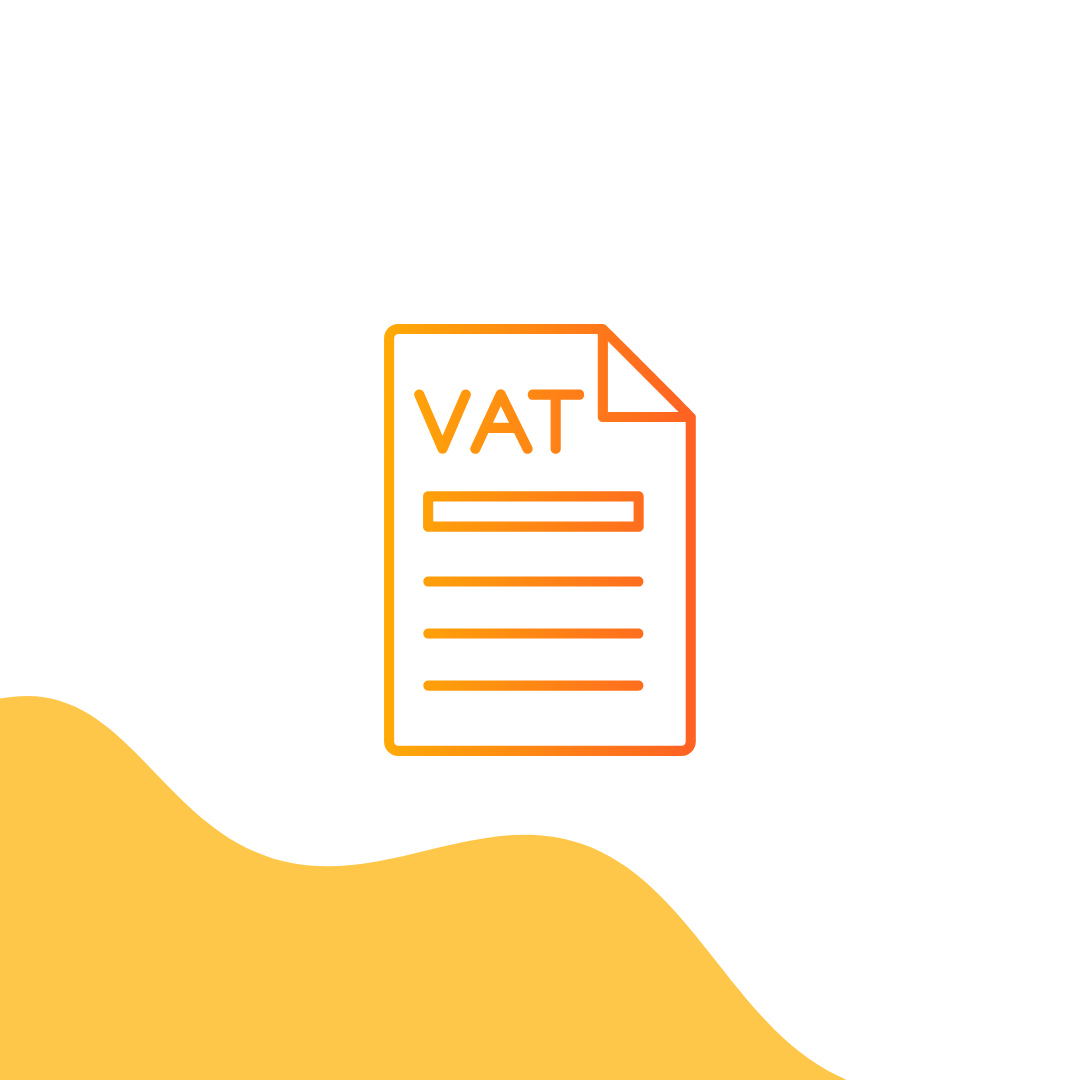You can pay voluntary National Insurance contributions to make up for gaps in your record. The deadline to pay for gaps between April 2006 and April 2016 is 5 April 2025. After that, you will only be able to pay for gaps from the past 6 years.
Cost of voluntary contributions
The cost to fill in gaps in your National Insurance record for the 2023/24 tax year are:
Where you’re paying contributions for previous tax years, you’ll pay the current amount for those tax years. If you’re paying Class 2 contributions for the previous tax year or Class 3 contributions for the previous two tax years though, you'll pay the original amount for those tax years.
Each additional qualifying year works out to be an extra £5.82 a week (or £302.64 a year) in State Pension, based on the above rates.
If you lived 20 years, the amount you would get back would be over £6,000 for an initial cost of between £179 and £907.
Whether you pay Class 2 or 3 will depend on your employment status and whether you ever lived and worked abroad.
Find out more about Voluntary National Insurance at GOV.UK
What to do next
Before you pay for any voluntary contributions, it’s a good idea to request a State Pension forecast to get information on your State Pension entitlement. See below for details of how you can request one and what this will tell you.
When you have your forecast, you need to find out if voluntary contributions will increase your State Pension entitlement when you reach State Pension age because they won't always increase it. See below for a list of things to consider.
Speak to a specialist at the Future Pension Centre on 0800 731 0175 to discuss your options and the cost of making voluntary contributions.
To find out more, about the State Pension or to contact the Future Pension Centre, including their opening hours, visit GOV.UKOpens in a new window
If you decide you want to make voluntary contributions, there’s more information on how to pay on the GOV.UK website. There are two types of voluntary contribution, Class 2 voluntary contributions and Class 3 voluntary contributions
What you’ll get from a State Pension forecast and how to request one
A State Pension forecast will give you an estimate of your State Pension. This is based on your current National Insurance contribution record.
Your projected State Pension at State Pension age is based on whether you continue to make National Insurance contributions (or receive National Insurance credits).
You should note that in 2016 the State Pension changed and arrangements were put in place to ensure that people will not get less than they would under the old system if using their own National Insurance record.
A State Pension forecast will also tell you whether you were ever contracted out of the additional State Pension under the old system.
If you were contracted out for a period of time this will show on your State Pension forecast as a ‘Contracted Out Pension Equivalent’ (COPE). This is the amount you would have received as an additional State Pension had you not contracted out, and therefore the COPE could reduce the amount of State Pension you receive even though you might have 35 or more qualifying years of National Insurance contributions.
You can ask for a State Pension forecast in three ways:
Online: to help plan your retirement income at GOV.UKOpens in a new window (you’ll need to create an account to prove your identity and be under State Pension age).
By calling: 0800 731 0175 – or if phoning from abroad +44 191 218 3600. (This service is only available if you’re less than six months from your State Pension age).
By post: by completing a BR19 form (which you can either complete online and print off or print and then hand write) and sending it to – The Pension Service 9, Mail Handling Site A, Wolverhampton WV98 1LU. Get the BR19 form at GOV.UKOpens in a new window
If you decide to make a one-off payment of voluntary contributions, or you want to pay quarterly when you get a bill, you’ll need to contact HMRC’s National Insurance office on 0300 200 3500 and ask for an 18-digit reference number.
If you’re not making National Insurance contributions and want to make voluntary contributions to ensure you don’t continually build up a gap in your National Insurance record, you can set up a Direct Debit to pay the money monthly.
For example, you might be employed but earning under £123 a week and not eligible for National Insurance credits. You don’t need to phone HMRC for a reference in this case.
Things to consider before you decide to make voluntary contributions
Voluntary contributions don’t always increase your State Pension.
Be aware that you need 35 qualifying years to receive the full State Pension. So a gap doesn’t necessarily mean you won’t get the full State Pension amount. (It’s 30 years for people who reached State Pension age before 6 April 2016 under the old system.)
But here are five things we suggest you take into account:
If you claim Pension Credit, any increase in the State Pension would normally reduce your Pension Credit award. This often means that you could be no better off paying voluntary contributions.
If you die before reaching State Pension age, you won’t get any State Pension.
If you're in very poor health, or if you have a short life expectancy, and because it will normally take a number of years to break even on your initial payments, you might not get the benefit of an increased State Pension in relation to your payment.
You might be able to use contributions from your spouse or civil partner, late spouse or civil partner, or former spouse or civil partner to improve your basic State Pension without the need to pay voluntary contributions.
Finally, an improved State Pension might mean you pay more tax.



